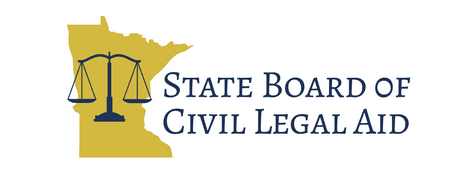Understanding Balance Billing
Balance billing can lead to surprise medical bills that cost much more than you expected. Knowing about balance billing can help you avoid problems and better plan for the costs of your cancer care.
What is Balance Billing?
Balance billing is when a healthcare provider bills you for the full remaining balance of a bill after your health insurance company pays them. This usually happens when you get care from a provider who is not in your insurance network (called out-of-network).
- Example: A provider charges $1,000 for a treatment. Your insurance pays only $300. The provider then bills you for the $700 "balance" that is left over - this is balance billing.
Balance billing is different than “in-network” billing where your insurance company makes the healthcare provider take charges they do not allow (called non-allowed charges) off of the bill before sending the bill to you (sometimes called an adjustment or write-off).
- Example: A provider charges $1,000 for a treatment. Your insurance pays only $300 and makes the provider take $400 of non-allowed charges off the bill before sending it to you. The provider then sends you a bill for the last $300, which might be your deductible, coinsurance, or copay - this is not balance billing.
Why Can Out-of-Network Providers Balance Bill?
Whether a healthcare provider can send you a balance bill depends on whether they have a contract with your insurance company.
In-Network Provider (usually cannot balance bill). This kind of provider has a contract with your insurance company. That means that the provider agrees to certain rules, like:
- They have to accept the amount your insurance pays plus what you owe (like a deductible, coinsurance, or copay) as full payment
- They have to take "non-allowed charges" off of the bill before sending the bill to you
- They cannot charge you for the difference between their full price and what insurance pays them
Out-of-Network Providers (usually can balance bill). This kind of provider does not have a contract with your insurance company. That means:
- They do not have to accept what your insurance pays as full payment
- They do not have to remove non-allowed charges before sending the bill to you
- They can send you a bill for the difference between their full price and what insurance pays them
Why Does Balance Billing Mean Larger Bills for You?
Here is why balance billing can make your medical bills much higher:
Insurance Pays Less. Your insurance usually pays a smaller part of the cost when you see a provider who is out-of-network. For example, they might pay 80% of the cost for an in-network MRI, but only 40% for an MRI done by an out-of-network doctor.
More Charges are Your Responsibility. Out-of-network providers do not have to take off non-allowed charges. They can also bill you for the full amount your insurance did not pay. This means your part of the bill is much bigger than if you went to an in-network provider.
Example- In-Network:
- The provider charges: $1,000
- Insurance “allowed amount”: $500
- Non-allowed charges: $500 (this is taken off the bill and you do not pay this)
- Insurance pays 80% of allowed amount: $400
- You pay the rest of the allowed amount: $100
Example- Out-of-Network:
- The provider charges: $1,000
- Insurance "allowed amount": $500
- Insurance pays 40% of allowed amount: $200
- You pay 60% coinsurance: $300
- You ALSO pay the $500 in non-allowed charges: $500
- You pay: $800
Does Not Count Toward Limits. The non-allowed amounts you have to pay to an out-of-network provider do not usually count toward your out-of-pocket maximum. This means you could end up paying more during your treatment than you planned.
How to Protect Yourself
Before and During Treatment:
- Call your insurance company to make sure that all your healthcare providers are in-network. Ask for written proof that they are.
- Ask your healthcare provider for written cost estimates.
- Learn what your insurance covers- and does not cover- if you see an out-of-network provider.
- Be aware that even at in-network facilities, some providers may be out-of-network, like anesthesiologists, pathologists, and radiologists. The No Surprises Act usually protects you in these cases, but you need to be aware so you can check your bills for any issues.
After Treatment:
- Look at all of your medical bills carefully.
- Compare the medical bills with the Explanation of Benefits (EOB) from your insurance company.
- If you see any surprises charges, call your insurance company and provider’s office to find out what happened.

















